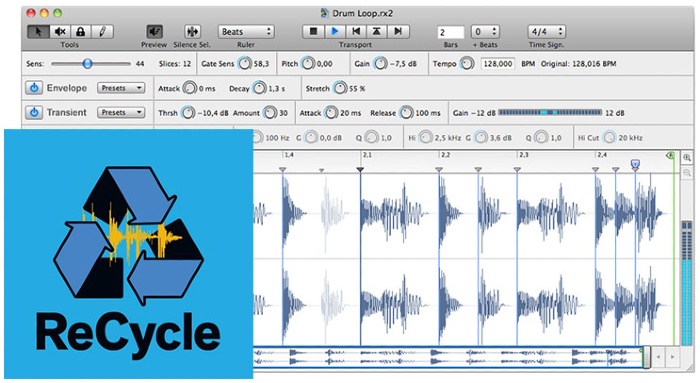
However, this level of detail takes an incredible amount of time and patience, not to mention skill, from the performer, recordist and sample library coders.įor this sample instrument, we’ve recorded four samples per key, capturing each of the 16 keys, which are tuned to G#/Ab, B, C#/Db, E and F#/Gb (an E major pentatonic scale, commonly played as a C# minor pentatonic), spread out across three octaves. More recently, hyper-sampled instruments with tens or even hundreds of samples per note are being created, providing incredible detail. While it could be argued that the limitations of the sampler helped to create the character of those instruments, they didn’t tend to sound all that realistic. In the early days of sampling, when hard-disk space was at a premium, it was standard practice to use as few samples as possible.

Similarly, you can use the amplitude envelope to map velocity to level, but this won’t give you the variation in tonality that a real instrument gives when it is played heavily or softly. It’s possible to create a sample instrument from a single sample, using the built-in pitch-shifting to map a single note out across the whole keyboard, but the further from the source pitch you get, the more synthetic the sampling is going to be. We recorded four velocity layers per key, and have mixed the close and room mics together to create 64 samples to be loaded into Falcon. The instrument was recorded in Metropolis Studio A, with assistance from Liam Nolan, through a stereo pair of Neumann TLM 170 microphones placed about three feet above the balafon and a further spaced pair of Neumann M 49 room mics. We’re going to use a sample library we’ve recorded ourselves to build a sample-based instrument from scratch.įor this sample instrument, we’re going to use samples of a 16-key Malian balafon, purchased at the Maison des Artisans in Bamako, Mali, while fortunate enough to be visiting the country for the Festival Au Désert back in 2010. Here, we’re going to delve a little deeper into the instrument. We took a basic look through the features of what is a very deep and powerful workstation, capable of complex synthesis and sampling techniques.

Last time, we looked at Pro Tools 2018’s recently added virtual instrument, the UVI Falcon.


 0 kommentar(er)
0 kommentar(er)
